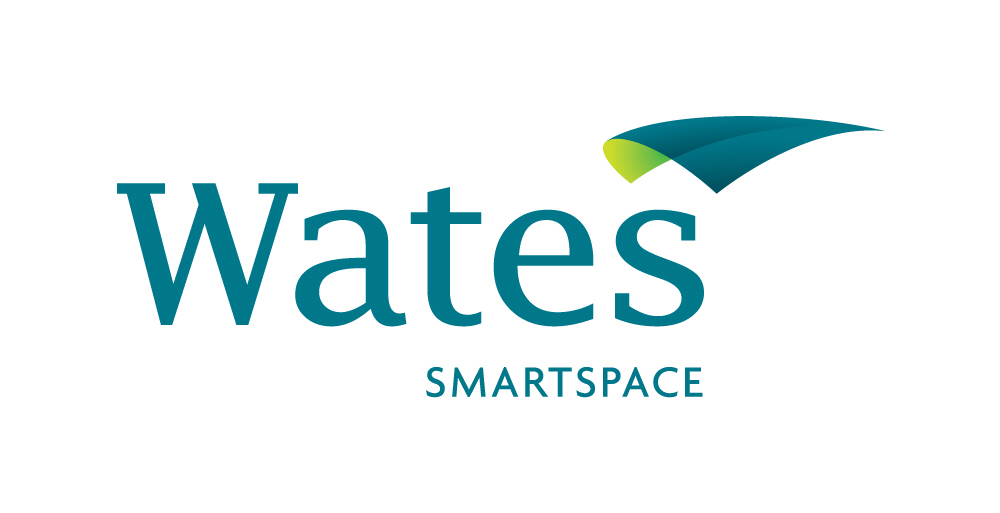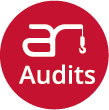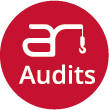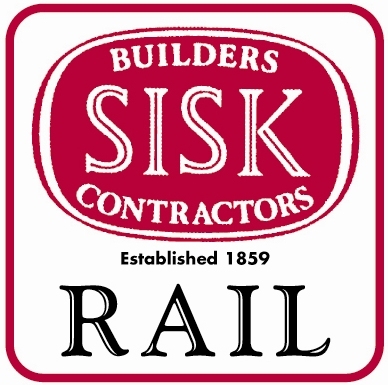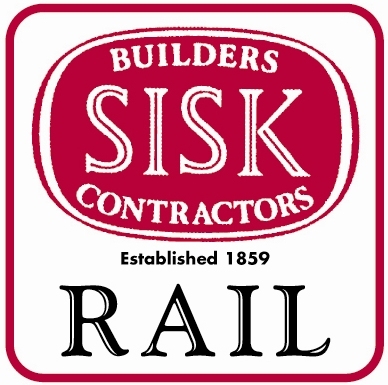Title Page
-
Project Title
-
Conducted on
-
Carried out by:
General Site Appearance and Condition
-
Does site appearance look and feel right?
-
Are there safe, clearly marked pedestrian walkways onto site and to all work areas?
-
Do we have adequate arrangements for the evacuation of the project in an emergency?
-
Are storage areas (including materials and waste) defined, clear, tidy and well managed?
-
Housekeeping and waste control is maintained to a high standard in all areas
-
Temporary cables, hoses & pipes are being managed to avoid creating trip hazards
-
Suitable lighting has been installed & maintained to appropriate internal & external areas
-
Suitable welfare facilities including canteens, toilets, drying rooms, showers, are provided & maintained for male & female workers
-
Have daily inspection been undertaken of the external boundary? Is hoarding in good condition, appropriate signage in place (eg. CCS, emergency contacts) and the impact of construction traffic well managed?
-
Is an up to date copy of GE700 available?
Public Protection
-
Are members of the public protected from works?
-
Are we checking protection in any public areas on a daily basis & keeping maintained?
-
Have sufficient measures been put in place to secure the site from unauthorised entrants at all times?
-
Do high risk areas (eg. excavations, tower cranes) have additional measures in place to prevent unauthorised access (Sample Check Required)
-
Where required secure access gates are fitted, well maintained, can be secured in both the open & closed positions
-
Members of the public are protected from vehicle movements/loading/unloading in public areas
-
Consideration had been given for any vulnerable people impacted by the works, consider young, elderly and disabled
-
Controls are in place to isolate works from the public in occupied properties (eg. houses, live stores or office environments) consider adjacent footpaths and rights of way
-
External exclusion zones have been established for any works outside of the boundary
Supervision, Competence and Induction
-
Have all contractor supervisors been interviewed and are they carrying out their role in line with Wates' expectations? (Sample Check Required)
-
Do operatives have the correct competency for the task they are undertaking and are working in a safe manner? (Sample Check Required)
-
Have operatives been briefed in the safe system of work (RAMS) and are they working to it? (Sample Check Required)
-
Have operative received an effective START RIGHT brief prior to commencing work? (Sample Check Required)
-
Do Wates managers have the correct skill set to undertake an effective Plan Right? (Sample Check Required)
-
Are eduction relevant to work being carried out on site and is the project lead completing part of the induction
Environment
-
is the Del-065 Site Environmental Checklist being completed? (Sample Check Required)
-
Do all sub-contractor supervisors on the project hold the SEATS (Site Environmental Awareness Training Scheme) qualification and evidence of the qualification is provided? (Sample Check Required)
-
Are the stakeholders/neighbours and the Local Authority notified of any out of hours activities or significant works in advance?
-
Are project specific environmental aspects (risks) and controls recorded in the Project Environmental Plan (PEP) and have control measures (eg. for nuisance) been communicated to the workforce via activity briefings/tool box talks? (Sample Check Required)
-
Are fuels and chemicals stored in bunded areas capable of containing 110% of the store volumes with significant spill kits, of the types nessasary for the liquids being stored readily available?
Waste Management
-
Do those Waste Management Contractors proposing to take on waste from the site including any sub-contractors removing their own waste hold a valid Waste Carriers Registration/Certificate and Environmental Permits or confirmation or exemption for all facilities to which waste is taken from?
-
Is provision being made to separate non-hazardous waste from hazardous waste?
-
Are waste transfer notes/consignment notes being properly completed with accurate description of the waste and the correct code? (LOW/EWC)
-
Is the PrS-065 Waste SWMP or client specified template in place and up to date?
Delivering The Promise: Quality Management
-
Who have you discussed the quality risks/inspection?
-
Is the S/C recording & tracking the approval status of samples, technical submittals, alternative etc in their TQP? Or (for Living Space) are pilots being used to manage customer/resident expectations?
-
Does the workmanship look and feel right? If not review the employer's requirements/design and/or manufacturers instructions
-
Are operatives briefed/aware of their quality risks and controls to prevent mistakes and defects?
-
Are the inspection & hold test points (own, Wates & 3rd party checks) happening at the right time & frequency and done by the right person?
-
Are the quality records the best they can be to prove compliance?
-
Are the site team issuing Defective Work Notices (DWNs) for major defects? Are the designers/appropriate 3rd parties approving the proposed remedial work?
-
Is our quantity surveyor aware of DWNs/quality issues/completeness of documents and records reflected in S/C valuations?
-
Which of the top 10 high quality risk aspects have you personally inspected?
Workplace Transport/Pedestrian Segregation
-
Banksman and gatemen are aware of their responsibilities and have been briefed (Sample Check Required)
-
Contractors are managing deliveries, scheduled in advance. Is off-loading safe and storage suitable?
-
A competent Traffic Management Co-Ordinator has been appoints by the project leader and understands their responsibilities
-
Working At Height & Scaffolding
-
Are there suitable controls during erection, alteration and dismantling of scaffolds and working platforms, to prevent harm from dropped material/fittings?
-
Persons required to use safety harnesses/fall arrest equipment have been trained, records of inspection of safety equipment are in place and maintained (Sample Check Required)
-
Low level access equipment is in good order, used by competent persons - PASMA trained - and there is clear evidence of monitoring and compliance (eg. ScaffTag)
-
A scaffolding co-ordinator has been appointed by the project leader
-
The overall construction of the scaffold looks and feels right (including lifting bays)
-
Safe access between scaffold levels is maintained by proprietary staircase such as Hakki System in preference to ladders
-
Edges, openings and holes are robustly protected and inspected to prevent materials and people falling anywhere they occur on site
-
Fragile areas on roofs and roof-lights are adamantly protected and identified with pictorial warning signs and inspected
-
High levels of housekeeping are maintained on scaffolding/working at height platforms - no loose materials
Emergency Preparedness & Response
-
A Fire and Emergency Risk Assessment specific to the project is in place
-
The Emergency Preparedness and Response Plan is adequate for current site conditions
-
Planned emergency arrangements are in place and being checked weekly
Electricity
-
A competent person (duty holder) has been appointed to supervise access to switch rooms, etc, to authorise persons to work in switch rooms, etc, and operate a Permit To Work system in line with the Electrical Management Plan
-
Access is restricted to authorised people to switch rooms, electrical cabinets, electrical rises & distribution boards and are operated under a Permit To Work - when unoccupied doors remain locked with warning signs
-
Temporary electrical systems & all electrical tools have undergone a thorough examination within the last three months
-
Live testing and commissioning risks have been identified and are being managed in line with agreed method of work
Health Performance
-
Wates working hours and shift patterns are being monitored to reduce the risk of fatigue (Sample Check Required)<br>
-
Is there a culture or openness surrounding mental health? (Sample Check Required)
-
Are Wates staff aware of Employee Assistance Programme and how to access the service?
-
Are Wates staff actively encouraged to consider their wellbeing? (eg rota systems for managers to influence reasonable working hours, taking breaks, using up full holiday entitlement?)
-
Have all periods of absence for Wates staff been accurately recorded and the process followed? (Sample Check Required)
-
Are monitoring arrangement in place for the health of the workforce (health surveillance is required by law for workers exposed to noice, vibration and other substances hazardous to health where they can exceed exposure levels, eg. asbestos, lead, dusts, chemical fumes etc) Sample Check Required
Respiratory
-
Have all activities with the potential to produce respiratory hazards (eg. dust, fumes, gases, chemicals, etc) been identified and risk assessed with specific COSHH assessments in place?
-
Are all supervisors and operatives aware of the health effects that exposure to respiratory hazards can have and how it should be controlled? (Sample Check Required)
-
Where respiratory hazard have been identified as a health risk, has consideration been given to eliminating them upfront? (eg. designing out, off-site manufacturing, using safer processes or materials) If not, why not?
-
Users of hazardous substances (COSHH) are aware of specific use and correct storage
-
Is RPS being used as a last line of defence rather than a sole means of control and has face fit testing been carried out?
-
Where applicable, are those who are regularly exposed to respiratory hazards under a programme of health surveillance?
